Boeing 777X Pushes Its Limits
Flying Magazine
MAY 1, 2025
In short, its the speed of the wind that, when exceeded, means to run out of rudder authority. The aerospace giant has released video of the test aircraft attempting to land in winds of 40-60 knots in Lubbock, Texas. This is often done using a combination of rudder and low wing into the wind.



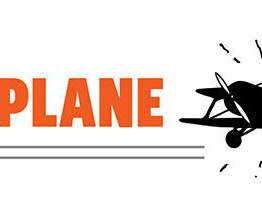










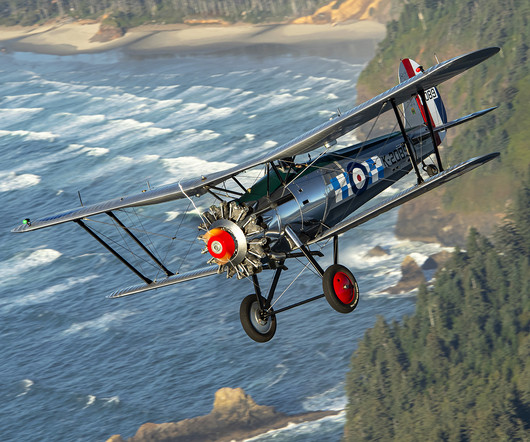

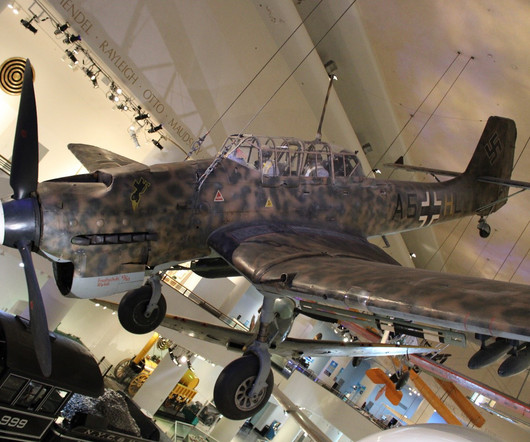
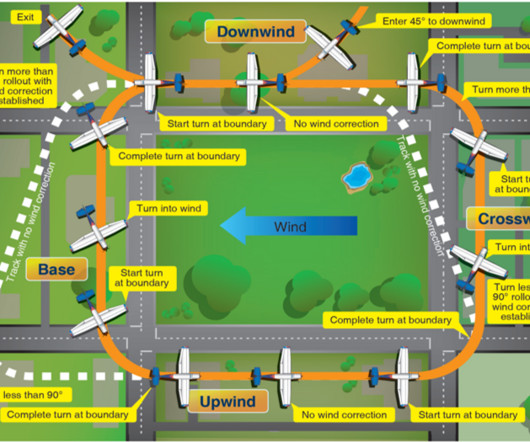
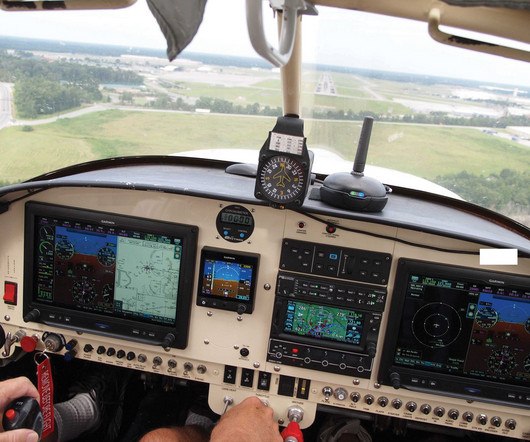


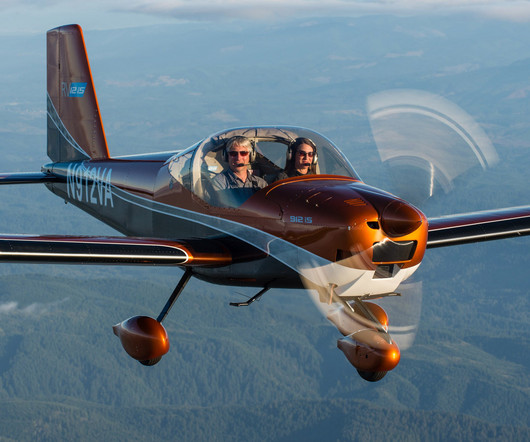
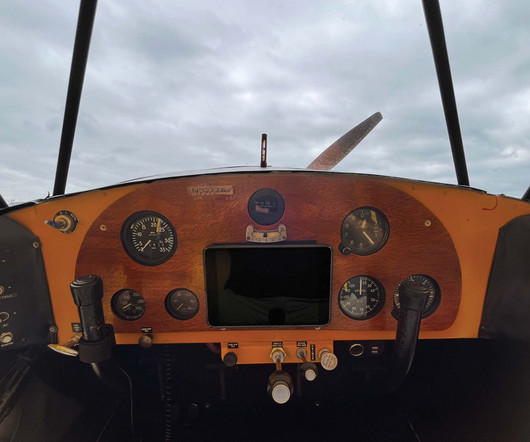








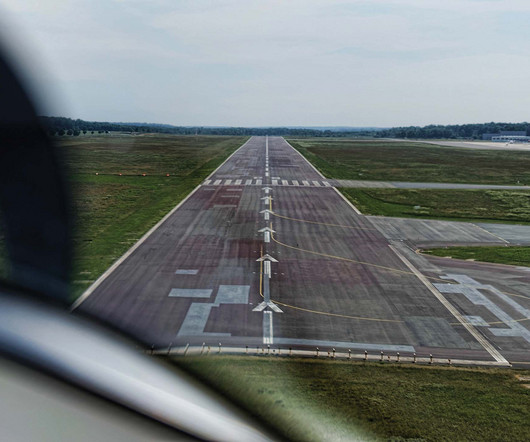
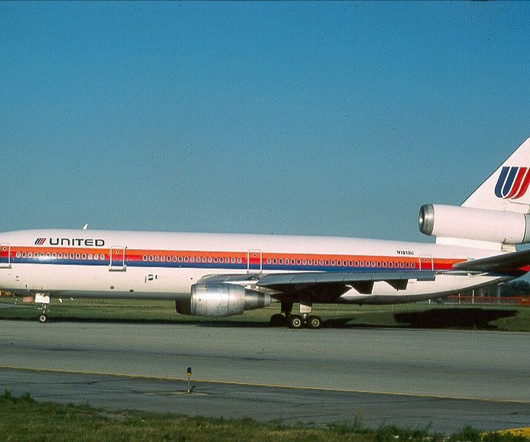


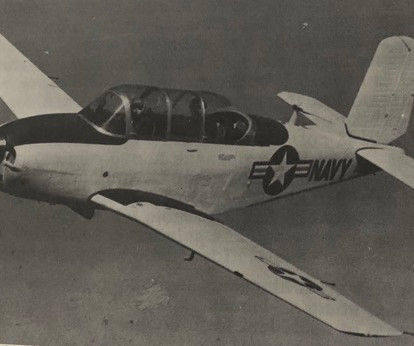
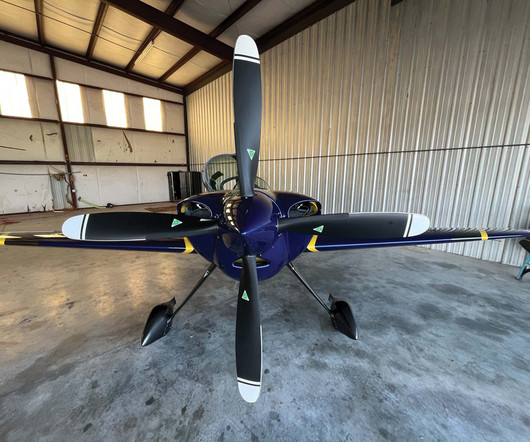











Let's personalize your content